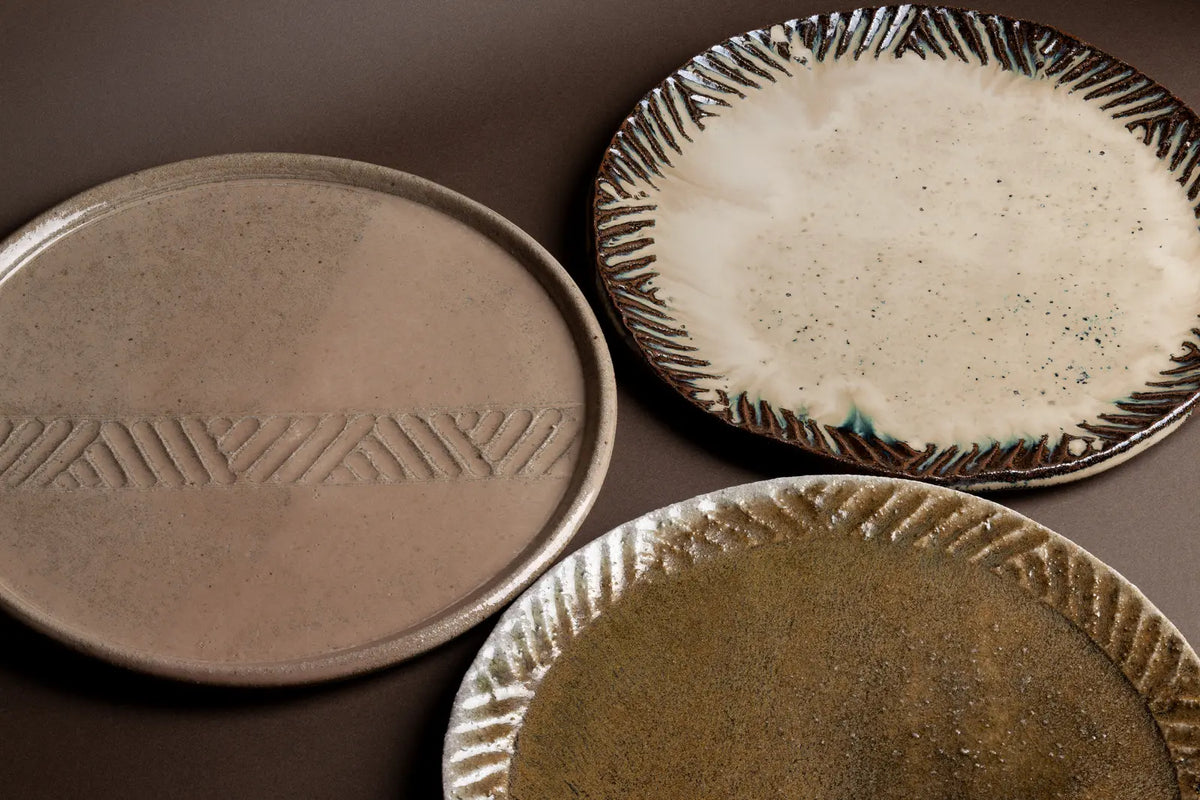

Japanese pottery is a timeless art form that beautifully combines tradition, culture, and craftsmanship. Unlike mass-produced dinnerware, these handmade ceramics serve as reminders of individuality and human creativity. From the exquisite designs of Arita ware to the rustic charm of Shigaraki ware, each style tells a unique story deeply rooted in its region's history and resources. Let's explore a broader spectrum of Japanese pottery styles and discover what makes each one special.
The Essence of Japanese Pottery
Japanese pottery is not just about creating functional objects; it's an artistic expression that embodies the philosophical concept of Shinto. This indigenous Japanese religion highlights the sacred spirit found in all things, both animate and inanimate. The creative process involves blending the fundamental elements—earth, water, air, and fire—to bring these ceramics to life, demonstrating harmony with nature.
A Journey Through Diverse Styles
1. Arita Ware
Originating from the town of Arita, this style, also known as Imari ware, is acclaimed for its detailed porcelain adorned with colorful enamel patterns. With roots in the 1600s, Arita ware was inspired by Chinese porcelain and has gained international recognition for its elegance and fine artistry.
2. Seto Ware
Seto is renowned for its mastery of glaze work. The clay from this region turns a brilliant white during firing, making it an ideal canvas for vibrant glazes. Seto artisans produce various ceramics, including bowls, plates, and even porcelain dolls, each piece a testament to their skill.
3. Mino Ware
This style dominates the Japanese pottery market due to its versatility. Dating back to the 7th century, Mino ware encompasses everything from everyday dinnerware to ceremonial tea bowls. It is celebrated for both its artistic diversity and the renowned International Ceramics Festival held in the region annually.
4. Tokoname Ware
With a history spanning over 900 years, Tokoname ware is known for its practical yet charming designs. Artisans craft water jugs, teapots, and other vessels, often opting for a minimalist aesthetic. The enduring quality and simplicity of Tokoname ware make it a favorite for those who appreciate subtle beauty.
5. Shigaraki Ware
Nestled in a region rich with ancient lake sediment, Shigaraki ware is famous for its earthy textures and natural colors. This pottery style thrives on local resources like clay, forest wood, and mountain-built kilns. In recent times, Shigaraki has become synonymous with hibachis and whimsical tanuki sculptures.
6. Bizen Ware
Bizen pottery is marked by its robustness and unique surface markings created through a slow-firing process using straw. Originating in Okayama, this style is a perfect embodiment of the wabi-sabi philosophy, where imperfections are celebrated as part of an object's beauty.
7. Kutani Ware
Kutani ware is recognized for its vibrant glazes and intricate designs, evolving from its 17th-century origins of blue, green, and yellow to include red and gold. This artistic evolution keeps Kutani ware at the forefront of pottery innovation.
8. Hagi Ware
Hagi ware is celebrated for its subtle, understated beauty, often featuring soft, pastel glazes and a delicate crackle pattern that develops over time. Originating from the Yamaguchi Prefecture, Hagi ware is particularly valued for its role in traditional tea ceremonies.
9. Karatsu Ware
A product of the Kyushu region, Karatsu ware is known for its rustic charm and simple elegance. This pottery often features natural, earthy glazes that enhance its organic aesthetic, making it a staple in everyday Japanese dining.
10. Mashiko Ware
Mashiko ware, from the Tochigi Prefecture, is characterized by its thick, earthy glazes and robust forms. This style is highly versatile, used to create a wide range of functional and decorative pieces.
11. Raku Ware
Raku ware, often associated with the tea ceremony, is known for its distinctive hand-molded shapes and unique firing techniques that produce vibrant, rich colors. Its spontaneous creation process emphasizes the beauty of the unexpected.
12. Oribe Ware
Originating in the 16th century, Oribe ware is easily recognizable by its bold green glazes and asymmetrical designs. It challenges traditional aesthetics with its avant-garde approach, making it a favorite among collectors.
Porcelain vs. Stoneware
Among the myriad of styles, Japanese pottery is primarily categorized into porcelain and stoneware. Porcelain is known for its thin, bright-white finish and non-porous properties, making it ideal for ceremonial use. Stoneware, on the other hand, is robust and practical, perfect for everyday dining.
Conclusion
The diversity of Japanese pottery styles offers a glimpse into the rich cultural tapestry of Japan. Each piece is not just an object but a story woven from the land, history, and the masterful hands that craft it. Whether you are a collector or simply an admirer, Japanese pottery invites you to explore its depths and find a piece that resonates with your soul.



